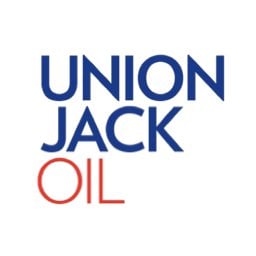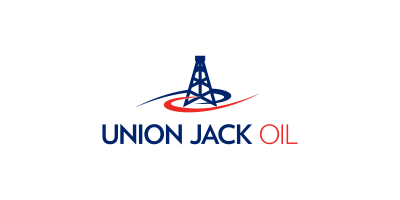When the lights went out on production at Keddington in late 2024, few anticipated the steady undercurrent gathering below the surface. Behind the scenes, comprehensive engineering enhancements laid the groundwork for a methodical revival rather than a headline-grabbing rebound. Now, as pumps hum across the East Barkwith Ridge, investors are left wondering how Union Jack Oil’s careful recalibration might reshape its onshore portfolio.
Under Union Jack Oil’s stewardship, Keddington has quietly transitioned from a paused asset into a low-key workhorse. Rather than chasing headline volumes, the operator opted to overhaul the site’s core infrastructure first, tackling bund modifications and installing next-generation pumping equipment across 2024 and into the spring of 2025. These upgrades reframed Keddington’s narrative from ageing well to optimised production centre. By June 2025, that strategy delivered a measured 992 barrels over 23 days, equating to an average of 10.4 operating hours daily and a gross flow rate of around 43 barrels per day. While those numbers might appear modest, they mark a clear uptick on pre-upgrade performance and underscore the value in systematic adjustments over rapid expansion.
Union Jack’s 55 percent interest in the field has translated into tangible revenue streams, with more than 1,450 barrels sold since recommissioning. Those proceeds now sit alongside cash flow from the UK-based Wressle joint venture and emerging opportunities in the US, including the Moccasin and Andrews fields. Rather than viewing Keddington in isolation, the company frames it as a complementary contributor, smoothing cash swings while longer-cycle projects mature. In an environment where onshore drillers grapple with cost inflation and permitting hurdles, the ability to extract incremental barrels from an existing site carries outsized appeal.
Critical to the field’s renewed prospects was a technical review conducted by the operator, which reaffirmed undrained reserves on the eastern flank of the structure. With planning consent already in hand for a development sidetrack, Union Jack has greenlighted seismic reprocessing to refine target locations and well design. Legacy 3D data was recalibrated to guide infill drilling, with reservoir models suggesting potential recoveries between 113,000 and 183,000 barrels, depending on permeability assumptions and chosen target combinations. Those figures hint at a secondary phase of output growth, one that could propel daily flow rates beyond the current baseline once new holes are spudded.
Of course, step-out drilling remains contingent on broader market dynamics. Union Jack has identified a standalone prospect on the field’s periphery, yet management has signalled a willingness to wait for more favourable oil price backdrops before committing capital. This measured approach reflects a broader theme in the onshore sector: operators are increasingly balancing upside potential against cyclical risks, leaning on existing cash generators to fund opportunistic expansions rather than chasing near-term volume at any cost. For Union Jack, Keddington’s phased development model offers a low-risk pathway to upgrade the field’s production profile while preserving financial agility.
As Union Jack fine-tunes the newly commissioned facilities, the emphasis remains on operational efficiency. Pumping schedules are being adjusted to identify optimal run times, while minor process tweaks aim to reduce operating expenditure per barrel. Those incremental gains, when aggregated over months, could materially enhance margin on every barrel lifted. In parallel, management continues to survey the East Lyndsey licence area for untapped satellite pools that could tie back to the existing Keddington infrastructure, further leveraging sunk costs.
By emphasising capital discipline and selective drilling, Union Jack positions Keddington as more than a routine production asset. It has become a template for how junior onshore players can revitalise mature fields without overstretching balance sheets. The combination of initial flow improvements, planned infill campaigns, and optionality around step-out wells speaks to a layered value-creation plan that may resonate with investors seeking steady yield from domestic oil exposure.
Union Jack Oil plc (LON:UJO) is an oil and gas company with a focus on onshore production, development, exploration and investment opportunities within the United Kingdom and the United States of America hydrocarbon sector.











































